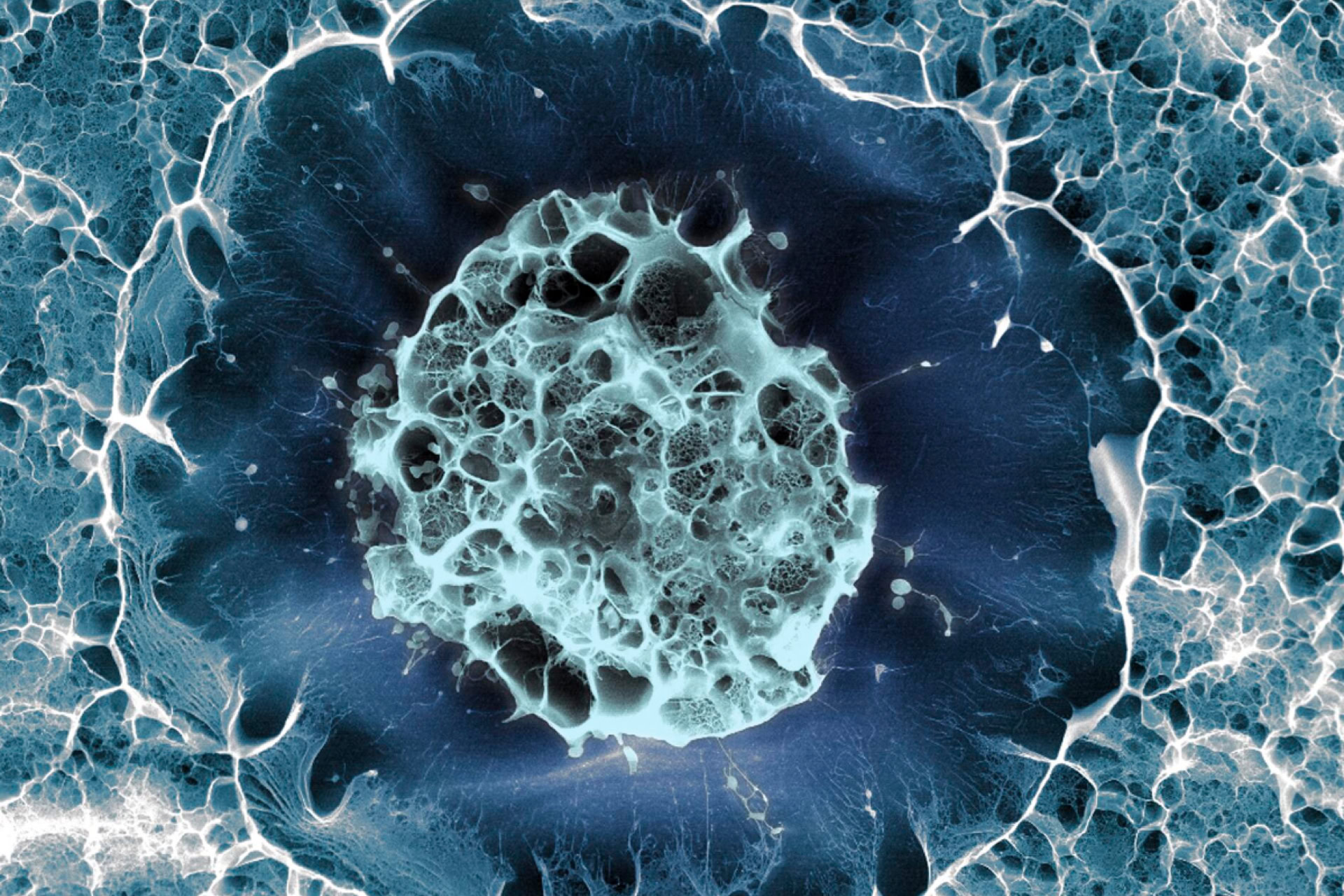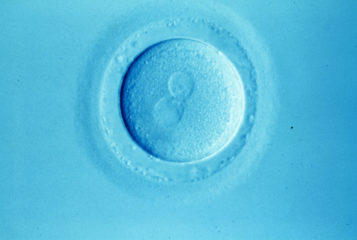It's ESHRE conference week again - thousands of fertility and embryology experts have gathered in Europe to discuss the latest research into new fertility treatments, and a host of related topics. This year, the annual meeting of the European Society of Human Reproduction and Embryology (ESHRE) is taking place in Copenhagen, Denmark. As in previous years, the scientists and clinicians are accompanied by a throng of journalists, ensuring that the latest breakthroughs are reported worldwide. But how does all this hype affect patients?
Advances in reproductive medicine often hit the headlines, and never more so than during this week in June. The first study from this year's conference that was widely reported by the UK press was, not surprisingly, carried out by a team from Sheffield University. 'The treatment that could put an end to infertility anguish', read one headline, while another said the research 'could conquer infertility'. Exciting reading - especially for the estimated one in seven British couples affected by infertility. But what did the study, as yet unpublished, actually show?
The research, while interesting, does not promise any new treatments for infertility in the foreseeable future, as the scientists themselves are quick to point out. What they have shown is that it could be possible that human embryonic stem cells (ES cells) growing in the laboratory may, like their mouse counterparts, be able to grow into the 'precursor' cells that produce egg and sperm cells. Eventually, this could mean that scientists will be able to take a cell - for example, a skin cell - from a patient who cannot produce their own gametes, and 'grow' egg or sperm in the laboratory. But, as with the other predicted possible benefits of stem cell research, such treatments are still a long way off. There remain many hurdles to overcome, such as isolating these cells (called primordial germ cells), and getting them to grow into mature egg and sperm that are still capable of undergoing fertilisation.
It seems that any research involving ES cells is particularly prone to hype, perhaps a reaction to its detractors, who prefer to overstate the potential of other types of stem cell that do not involve human embryo research. But overhyping any area of science is never helpful, since it raises false hopes amongst those expecting imminent new cures. Media coverage of infertility is to be welcomed, since it raises awareness and increases understanding of this common condition. However, there is a delicate balance to be struck between reporting on the promise of cutting edge research, and stressing the timescales involved.The BioNews team will be reporting from the EHSRE conference throughout the week - keep up to date by reading the news as it is published on our website.




Leave a Reply
You must be logged in to post a comment.